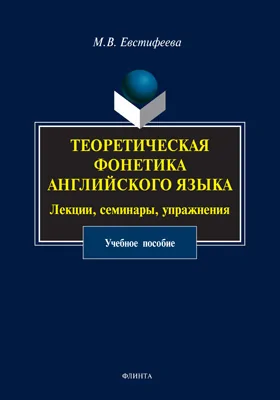Теоретическая фонетика английского языка : лекции, семинары, упражнения
Здесь можно купить книгу "Теоретическая фонетика английского языка : лекции, семинары, упражнения" в печатном или электронном виде. Также, Вы можете прочесть аннотацию, цитаты и содержание, ознакомиться и оставить отзывы (комментарии) об этой книге.
Место издания: Москва
ISBN: 978-5-9765-1115-6
Страниц: 168
Артикул: 11350
Краткая аннотация книги "Теоретическая фонетика английского языка"
В пособии в сжатом виде изложены основные аспекты фонетической теории и практики английского языка в современной лингвистике; приведена обобщенная информация о компонентах фонетической системы. Пособие содержит лекционную часть и методические разработки к семинарским занятиям, а также практические упражнения. Для студентов факультетов иностранных языков педвузов.
Содержание книги "Теоретическая фонетика английского языка"
Предисловие
От автора
PART I. Lectures and Seminars
Lecture 1. Introduction
§ 1. Phonetics as a science
§ 2. Process of oral speech production
§ 3. Aspects of phonetics
§ 4. Units and components of phonetic system
§ 5. Branches of phonetics
§ 6. Methods of phonetic analysis
Seminar 1
Lecture 2. Main asp ects of Fun ctiona l Phonetics
§ 1. Phoneme: definition and functions
§ 2. Phonemes, allophones, phones: difference and relationships
§ 3. Meaning of phonemes and allophones in teaching practice
§ 4. Main views of the nature of phoneme
§ 5. Methods of phonological analysis
Seminar 2
Lecture 3. The System of En glis h Phonemes
§ 1. Vowel and consonant phonemes
§ 2. Articulatory and phonological views on the classification of E nglish consonants
2.1. General characteristics of E nglish consonants
2.2. Articulatory classification
2.3. Phonological classification
2.4. Problem of affricates
§ 3. Articulatory and phonological views on the classification of E nglish vowels
3.1. General characteristics of E nglish vowels
3.2. Articulatory classification
3.3. Phonological classification
3.4. Problem of diphthongs and diphthongoids
3.5. Problem of vowel length
Seminar 3
Lecture 4. Modifications an d a lterna tions of sp eech s oun ds in the En glis h lan gua ge
§ 1. Types of sound variations in connected speech
§ 2. Modifications of sounds in connected speech
2.1. Modifications of consonants in connected speech
2.2. Modifications of vowels in connected speech
2.3. Complex vowel and consonant modifications
§ 3. Notion of alternation and its types
§ 4. Problem of phoneme identification. Main phonological schools
Seminar 4
Lecture 5. Syllabi c s tructure of En glis h words
§ 1. Theories on syllable formation and division
§ 2. Syllable formation in E nglish
§ 3. Syllable division in E nglish
§ 4. Functional characteristics of the syllable
§ 5. Graphic representation of syllables in E nglish
Seminar 5
Lecture 6. Word s tress in En glis h
§ 1. Nature of word stress
§ 2. Placement of word stress in E nglish
§ 3. Degrees of word stress in E nglish
§ 4. Phonemic distribution in stressed syllables
§ 5. Functions of the E nglish word stress
§ 6. Stress tendencies in modern E nglish
§ 7. Stress patterns of E nglish words
§ 8. Basic rules of accentuation
§ 9. Variations of word stress in connected speech. Sentence stress
Seminar 6
Lecture 7. Intona tion in En glis h
§ 1. General characteristics of intonation
§ 2. Foreign views of the problem of intonation
§ 3. Problem of intonation in R ussian linguistics
§ 4. Prosodic components of intonation. Structure of E nglish intonation patterns
§ 5. Methods of indicating intonation
§ 6. Functions of intonation
§ 7. Phonological aspect of intonation
§ 8. English rhythm
Seminar 7
Lecture 8. Stylis tic an d regiona l va rieties of En glis h p ronun cia tion
§ 1. Spoken language as the object of linguistic investigation
§ 2. Territorial varieties of E nglish pronunciation
2.1. National variants and regional accents of the E nglish language
2.2. British E nglish
2.3. American E nglish
2.4. Spread of E nglish
§ 3. Stylistic varieties of E nglish pronunciation
3.1. Style-forming and style-differentiating factors
3.2. Classification of phonetic styles
Seminar 8
PART II. Exercises
Exercise Block 1
Exercise Block 2
Exercise Block 3
Exercise Block 4
Exercise Block 5
Exercise Block 6
Exercise Block 7
PART III. Supplementary Material
Supplement 1. Proverbs, sayings, tongue twisters
Supplement 2. Phonetic phenomena
Supplement 3. Stave representation of intonation
Supplement 4. Step-by-step phonetic analysis
Bibliography
Все отзывы о книге Теоретическая фонетика английского языка : лекции, семинары, упражнения
Отрывок из книги Теоретическая фонетика английского языка : лекции, семинары, упражнения
tional point of view all sound phenomena of any language present a clear-cut system of interdependent units: phonemes, syllables, stress, and into-nation. These phonetic phenomena have no meaning of their own. Their linguistic function is to constitute and distinguish larger meaningful units, such as morphemes, words, phrases, etc. § 4. Units and components of phonetic system The phonetic system of a language is a set of units arranged in an orderly way to replace each other in a given framework. Phonetics in general is divided in two sub-systems: segmental phonetics which is con-cerned with minimal segments of speech and suprasegmental phonetics which deals with larger speech units. Segmental units of phonetics include phonemes and their allophones as the representation of individual sounds. Suprasegmental units are syl-lables, word-stress, and prosodic (intonational) phenomena (pith, stress, tempo, rhythm, pauses). Both segmental and suprasegmental units are used to form words, phrases and utterances in connected speech. Thus it's possible to define phonetics as a branch of linguistics that studies speech sounds in the broad sense, comprising segmental sounds, suprasegmental units and prosodic phenomena. The phonetic system of any language comprises 4 components: pho¬nemic, syllabic, accentual and intonational. The first is the phonemic component. It is the basic component rep-resented by the system of segmental phonemes of a language existing in the material form of their allophones. It may have manifestations in: — the system of phonemes as discrete isolated units; — the distribution of allophones of different phonemes; — the methods of joining speech sounds. The second component is the syllabic structure of words. It has two manifestations which are inseparable from each other: syllable formation and syllable division. The third component is the accentual structure of words when pro¬nounced in isolation. Its main manifestations are: 14
С книгой "Теоретическая фонетика английского языка" читают


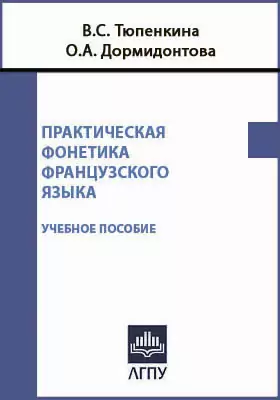






Бестселлеры нон-фикшн





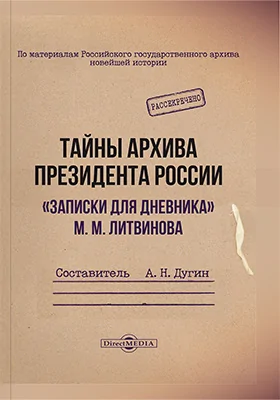
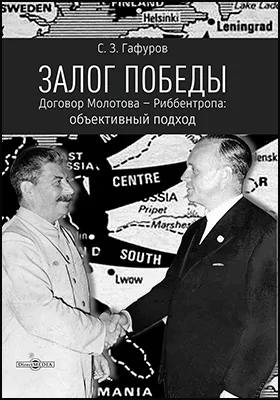






Новинки книги нон-фикшн
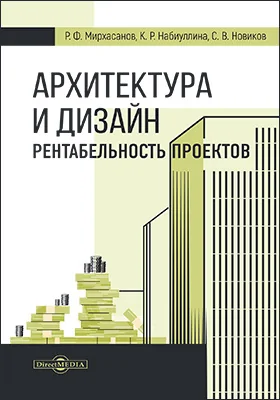


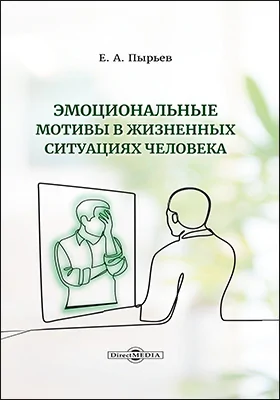


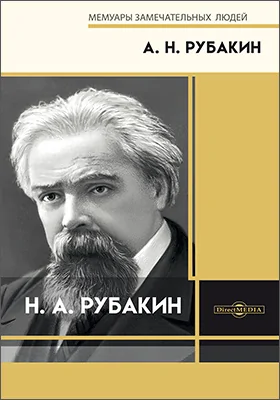





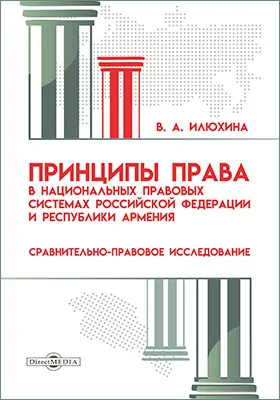
Внимание!
При обнаружении неточностей или ошибок в описании книги "Теоретическая фонетика английского языка : лекции, семинары, упражнения (автор Марина Евстифеева)", просим Вас отправить сообщение на почту help@directmedia.ru. Благодарим!
и мы свяжемся с вами в течение 15 минут
за оставленную заявку

